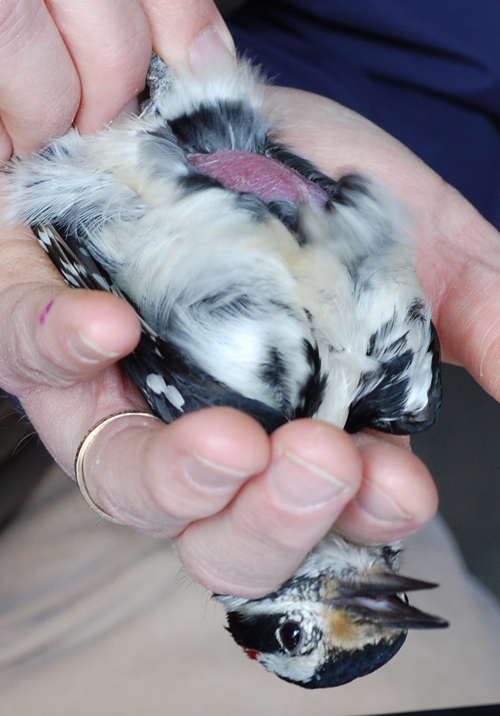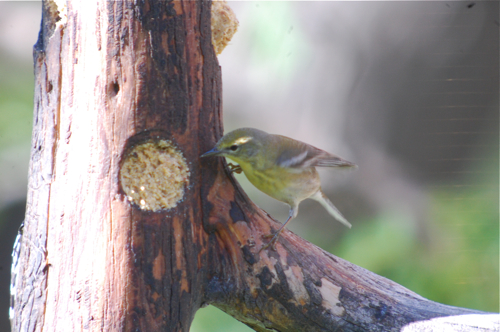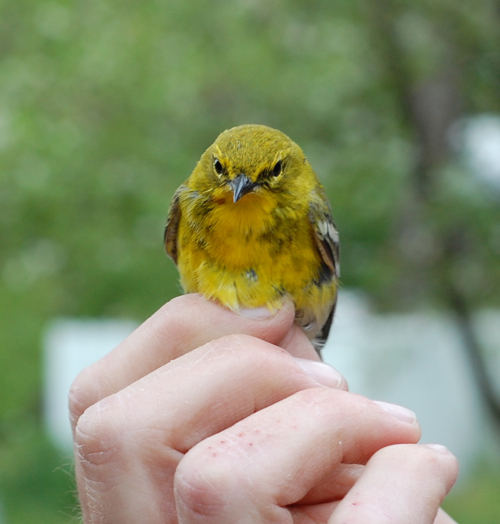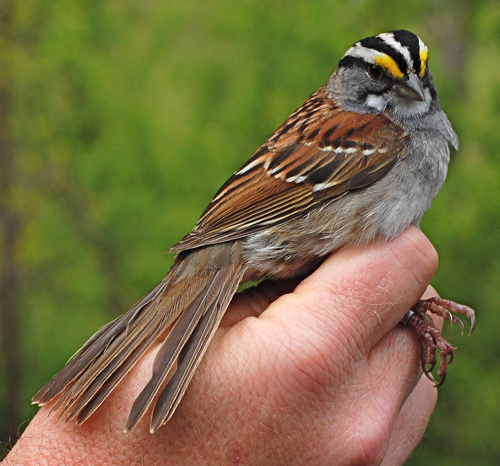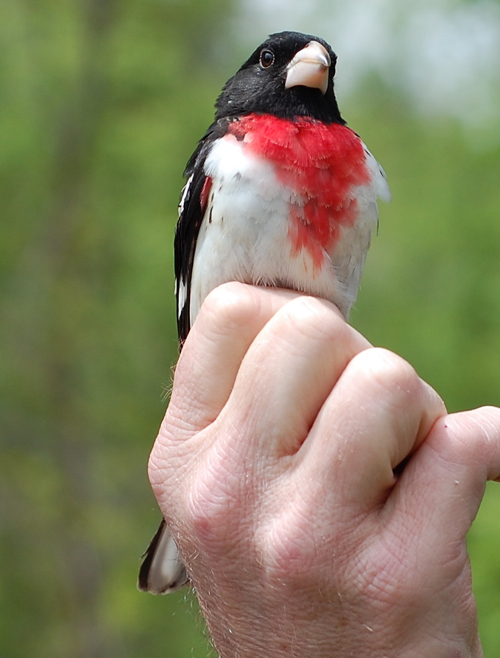True to form, our great state of Minnesota received a dumping of snow yesterday. The nice thing about March snow storms is that they melt relatively quickly. Even the city gets slack about it, "Eight inches? No Snow Emergency or parking restrictions, it will melt, deal with it."
But many people wonder about those early spring migrants and how it will affect them? Over the weekend, my buddy Clay Taylor and I were at the National Eagle Center and we tallied all sorts of early spring migrants--even tree swallows. What do insect eating birds do when they get back early and have to contend with several inches of snow? Yesterday, Michael Bates sent me a photo of a woodcock he found in his yard during our Minnesota snow storm.
So, what do early insect eating migrants do when they come back early? They adapt. Woodcocks eat mainly earthworms, but according to Birds of North America Online the will eat some vegetation. Same with tree swallows, they will eat berries if there are no flying insects to feed on. That's all part of the gamble of coming back early to get the prime territory, if you can find something to keep you going for a few days, you'll get the best territory. Not all bird make this, it's part of what makes migration so fascinating.

Here are some Canada geese who found a puddle of open water amid the snow at Lilydale Park in St. Paul, Mn. These were part of a flock that included about five neck banded geese. All of the numbers were sequential, so I wonder if this is a family group banded last summer that's migrating together. I turned in the band numbers to the Bird Banding Lab and I'm curious to find out where these birds were banded.

Remember this goose? This is a banded Canada goose that I saw at the confluence of the St. Croix River and the Mississippi River in December of 2009. I submitted the record with a note expressing concern about the tightness of the collar on the goose. It's been over a year and I haven't heard a thing. I found a page about goose color bands with some interesting info just based on the color of the neck bands and the characters on it:
"Orange and Blue collars are widely used in the Mississippi Flyway. These collars were part of an extensive effort to track the populations and movements of Canada Geese. Orange collars were used in the Canadian portion of the Mississippi Flyway, and Blue collars were used in the US portion of the Mississippi Flyway."
So, sounds as if this goose is also a Mississippi Flyway bird. Then, I got an interesting email last week from Erik Collins:
"I was birding at Pt. Douglas Park today and saw a Canada Goose with a blue neck collar that had "617A" on it. I got home and searched online for information about blue collars on geese. This link from your site came up.
The goose you photographed with the super-tight collar in December of 2009 was the same one I saw today! Thankfully, it looked a lot more comfortable.
Thought you would find this interesting."
I found it very interesting that someone else saw the goose over a year later alive and well and the collar looking comfortable. Must have been extremely cold that day and the goose's neck feathers were super fluffed.
I resubmitted the sighting a second time with a note saying that as someone who has volunteered with bird banding projects, I understand that it can take awhile to turn in banding entries, but over a year is a bit much. When I received my acknowledgment of the color band submissions from the BBL, I noticed this in the email:
"We cannot predict or control the nature of the response you will get from the bander, although we do make them aware that color marking authorizations carry with them an obligation to respond to the public. Many color marking projects are designed to study only local movements, and the bander may not be interested in reports from afar."
That's such BS. If you put a collar on a bird (so bright that even non birders notice) you should have a system in place so if the goose goes where you don't expect you can at least send out some basic info in an email. I'm not expecting a long response, but I would like to know what state this bird was banded in and what year. It would be nice to know that bare bones info of how old this bird is and where it has been.
By not responding to neck band reports, a researcher could discourage people from ever turning in any band that they find--what's the point if no one responds? That certainly is not helpful to fellow bird banders. Also, a lot of people who don't understand banding do not like it and think it's cruel. Not responding to banding reports only reinforces that idea.
I don't see what's so hard about turning in the date and place of where you banded a bird so the BBL can at least let the person submitting the band number know the basic info. Heck, just create a document with your study's theory and copy and paste when you get a neck report.
At any rate, I'm glad the blue neck band hasn't interfered with the bird's survival and we at least know it's still a year older.
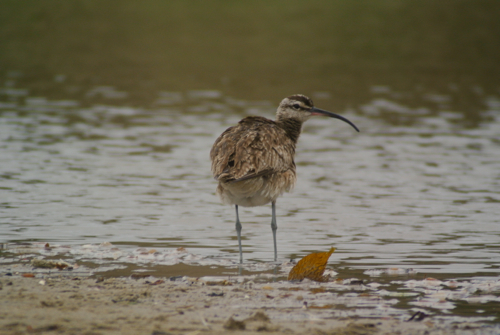

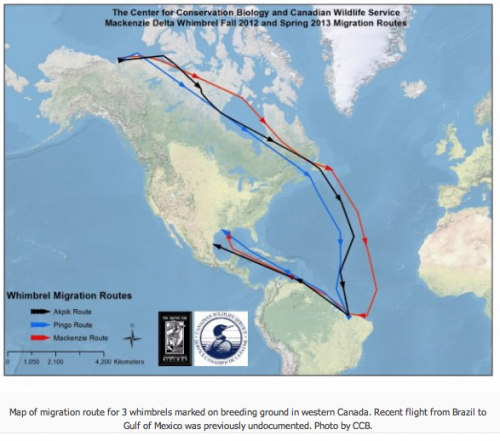







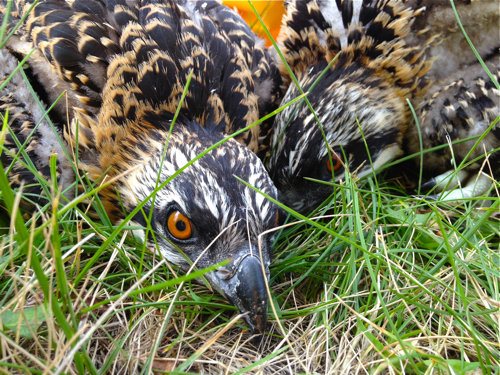
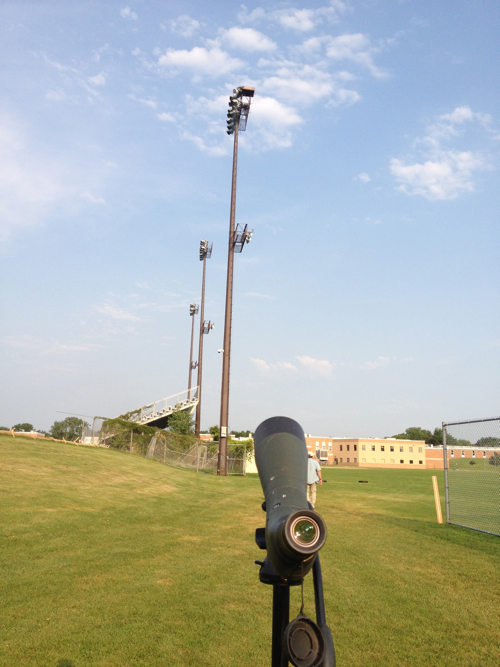
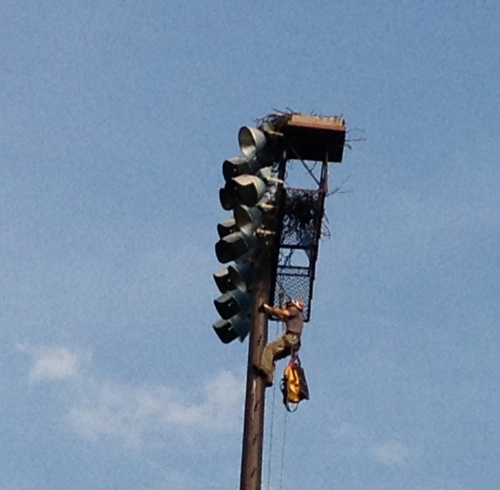
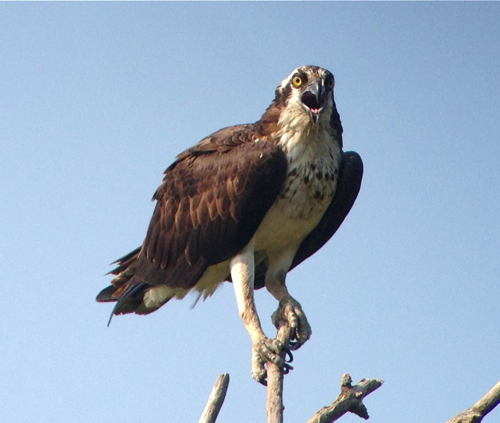
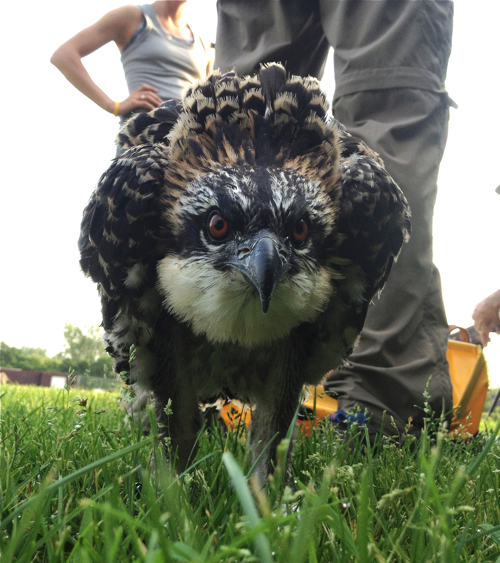

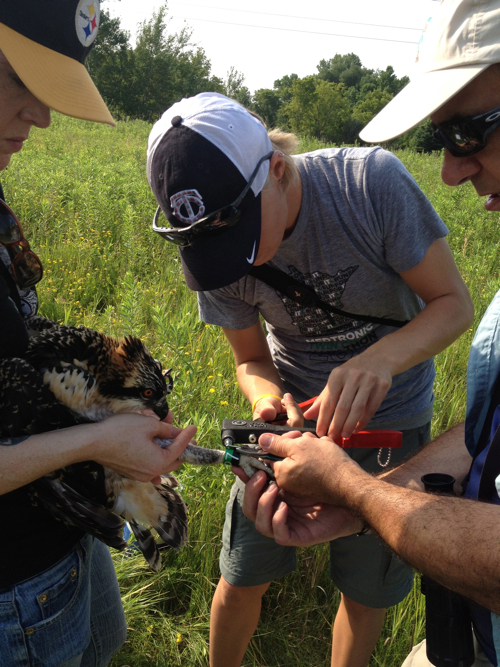
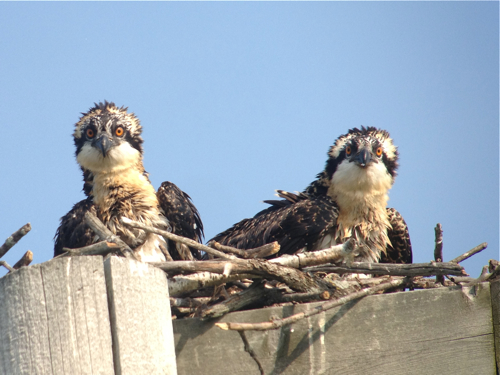
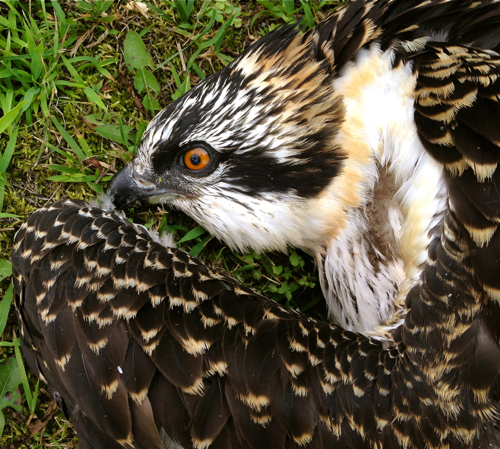
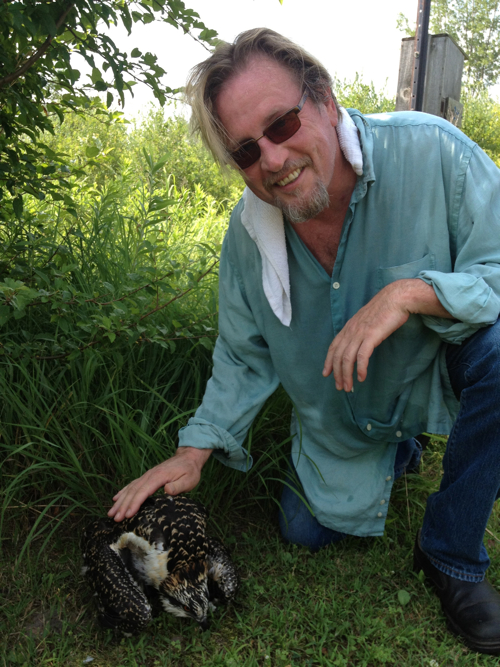
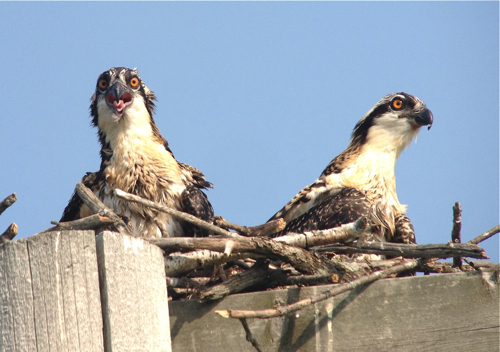










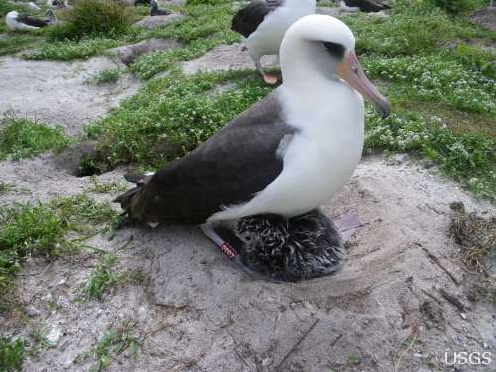
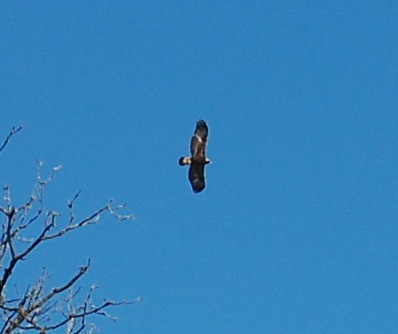
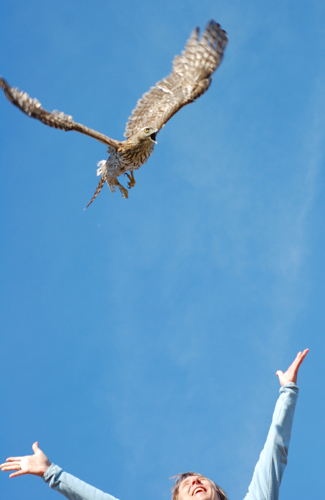
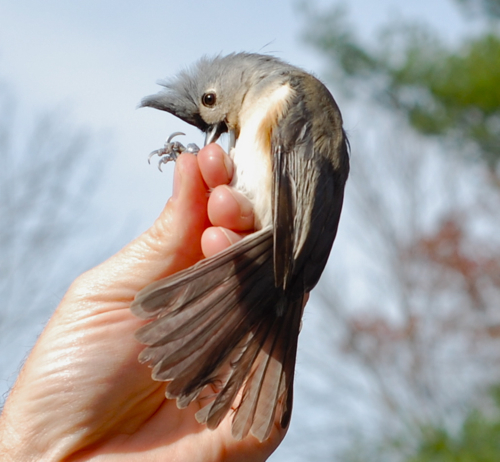
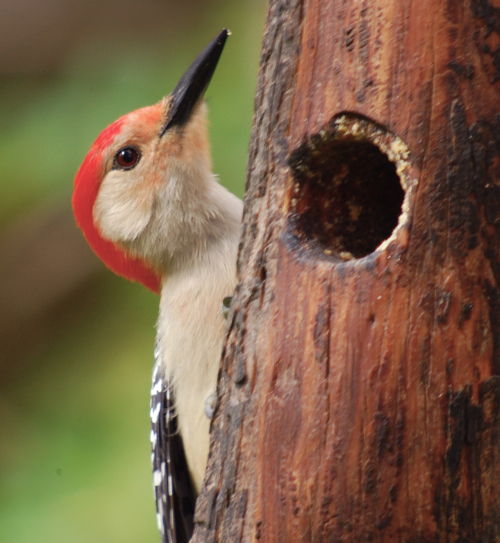 Twice a year I have some bird banding
Twice a year I have some bird banding 